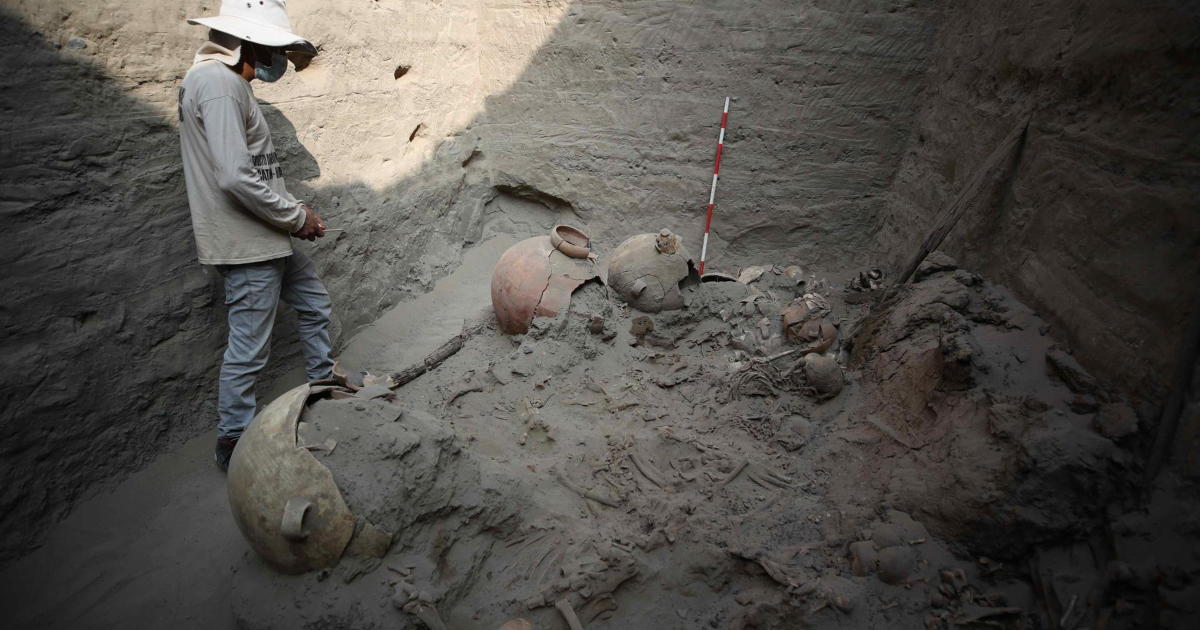
He Ministry of Culture (Mincul) announced that the draft decree that modified the regulations of Law 28296, General Law of Cultural Heritage of the Nation, and deactivated the Certificate of Nonexistence of Archaeological Remains (CIRA), will be “evaluated and analyzed for its improvement.”
Through its social networks, the ministry specified that the decision is due to the multiple observations received during the socialization process, in addition to the disagreements generated among the office’s own workers.
“Considering the opinions that have emerged, and which continue to be a matter of debate, it is reported that it will be evaluated and analyzed for improvement, through dialogue and participation,” Mincul reported in X.
The CIRA is the initial mechanism through which developers of mining, infrastructure or agricultural projects, among others, can certify to the Peruvian State the non-existence of archaeological remains on a certain piece of land.
Mincul’s proposal, contrary to its own policies to protect national heritage, deactivated the CIRA, but not the monitoring studies carried out during field work.
With this, according to specialists consulted by La República, the door was opened for the works to begin construction without first verifying that they could find any archaeological remains, and just reporting it as they went along. This exposed the project owners themselves to criminal sanctions.
Source: Larepublica
Alia is a professional author and journalist, working at 247 news agency. She writes on various topics from economy news to general interest pieces, providing readers with relevant and informative content. With years of experience, she brings a unique perspective and in-depth analysis to her work.











